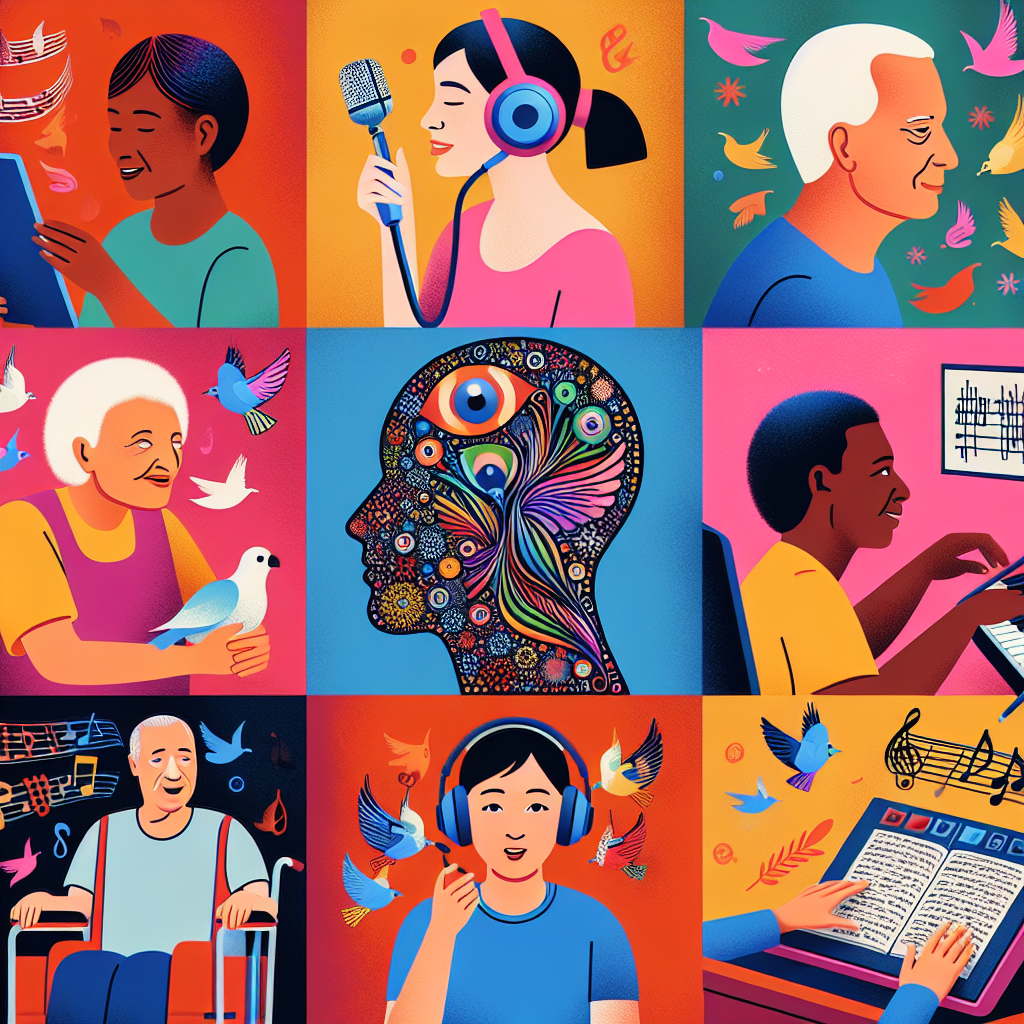Unlocking Creativity: How GenAI Empowers Content Creation for People with Disabilities
Generative AI empowers people with disabilities to create! From writing with speech-to-text to composing music with AI, these tools break down barriers and unlock creative potential. Discover how GenAI fosters inclusivity and accessibility in content creation.

In the ever-evolving assistive technology landscape, generative AI has emerged as a game-changer, offering new possibilities for content creation. For individuals with disabilities, these tools present a unique opportunity to overcome barriers and unleash their creativity across various mediums. Let's explore how GenAI is revolutionizing how people with disabilities create written, visual, and audio content.
GenAI tools like Bard, Jasper, and ShortlyAI empower individuals to express themselves through the written word. For those who struggle with writer's block, these AI companions can spark ideas, whip up outlines, and even help refine grammar and style. Speech-to-text software like Dragon NaturallySpeaking and Google Docs voice typing have been game-changers for individuals with physical limitations or learning disabilities, allowing them to dictate their thoughts and watch as their words appear on the screen. GenAI takes this a step further by enabling users to refine and expand upon their dictated content, creating a seamless writing experience.
In the world of visual content creation, AI image generators like DALL-E 2, Midjourney, and Stable Diffusion are opening up new avenues. These tools allow users to create stunning images with simple text prompts, bringing their ideas to life without the need for traditional art skills. Moreover, GenAI has the potential to create accessible visual content by generating alt text for images(something I do all the time on this blog), ensuring that visual content is accessible to all, including those who use screen readers.
Video editing is also becoming more accessible thanks to AI-driven tools like RunwayML and Descript. With features like automatic captioning and audio descriptions, these tools enable individuals with disabilities to easily create and edit videos, making their content inclusive and engaging for all.
Music composition is another area where GenAI is making strides. Tools like Jukebox and MuseNet allow individuals with physical limitations or hearing impairments to create music using AI algorithms. These tools can generate melodies, harmonies, and even entire compositions based on user input, opening up a world of musical exploration and self-expression. The potential applications extend beyond just creation; they can also be used for music therapy, providing individuals with disabilities a means of emotional regulation.
While GenAI tools offer immense potential, it's crucial to ensure that they are accessible. As we continue to develop and refine GenAI, we must prioritize accessibility and inclusive design principles. We must also be mindful of potential biases in AI algorithms and work towards responsible development with diverse datasets.
It's important to remember that GenAI tools are meant to assist and augment human creativity, not replace it entirely. As individuals with disabilities explore these tools, it's essential to cultivate critical thinking and digital literacy skills to harness their potential while maintaining their unique voice and perspective.
The intersection of generative AI and accessibility is an exciting frontier. As we continue to explore and develop these tools, we have the opportunity to create a more inclusive world of content creation. By empowering individuals with disabilities to express themselves through writing, visual art, music, and more, we can tap into a wealth of untold stories and perspectives.
While challenges remain, the future of GenAI and accessibility is bright. As we work together to create accessible and inclusive tools, we pave the way for a future where everyone can participate in the joys of creative expression. So, dear reader, I invite you to share your experiences and ideas about using GenAI for content creation. Together, we can build a more inclusive and empowering digital landscape.